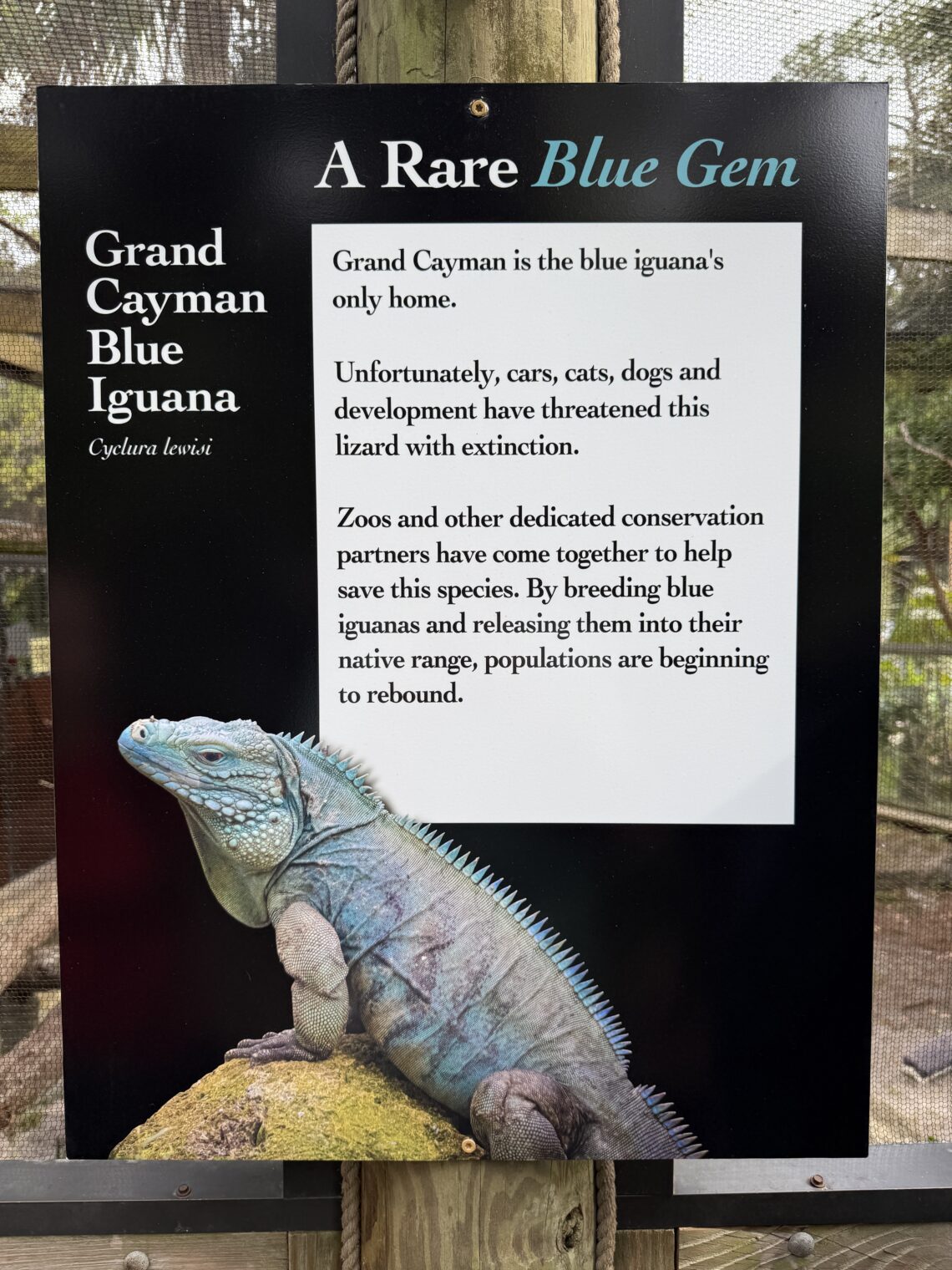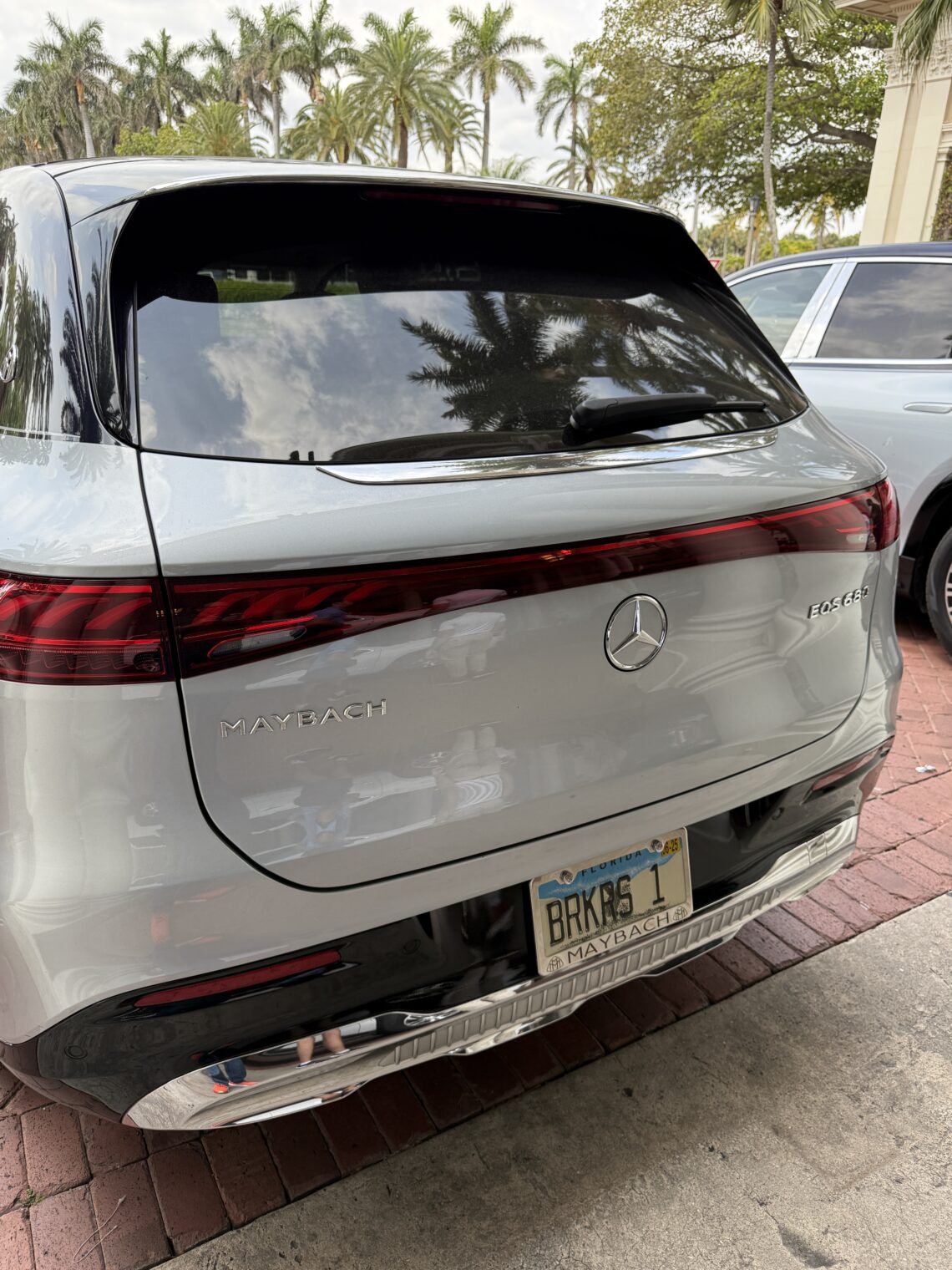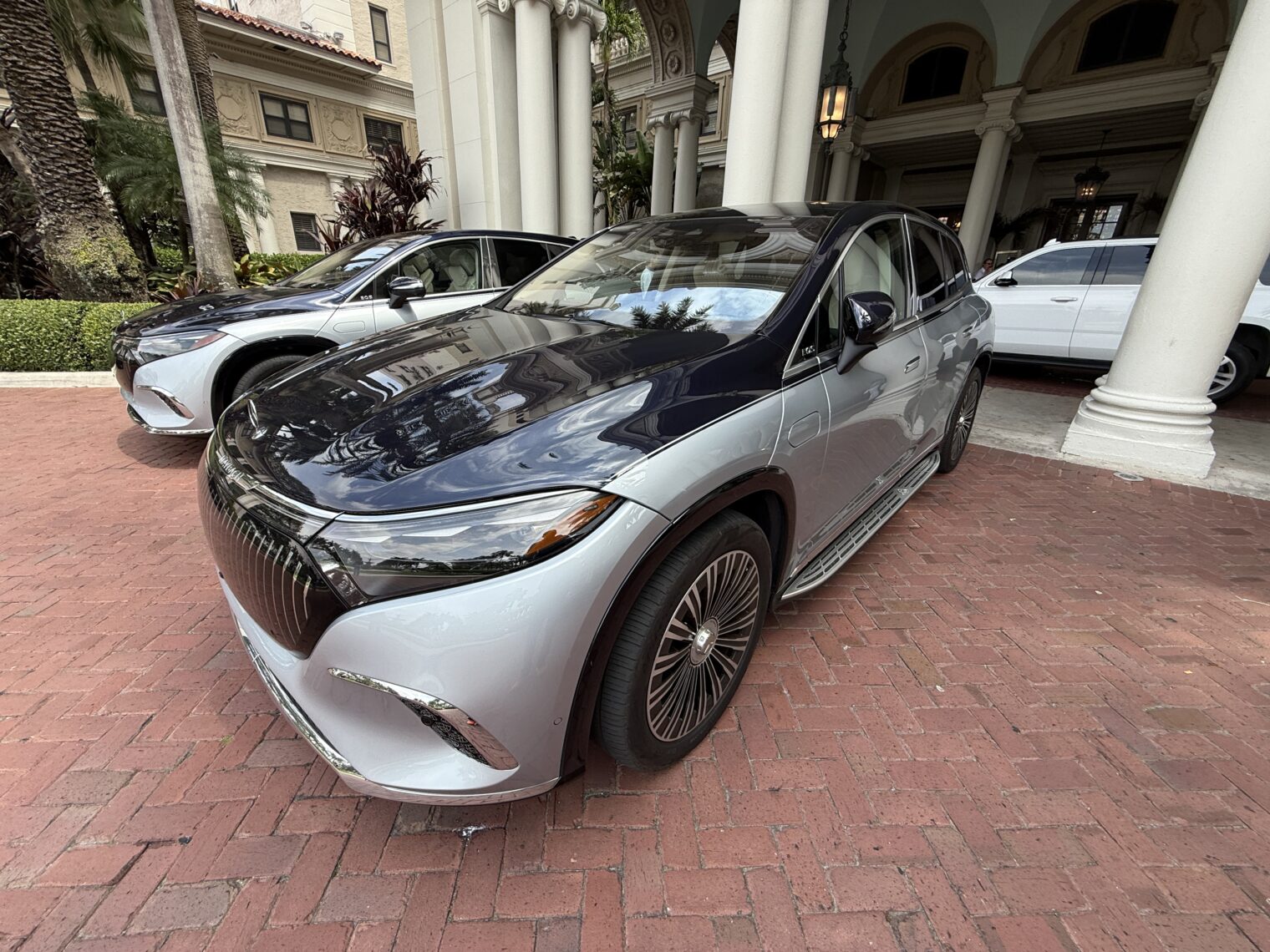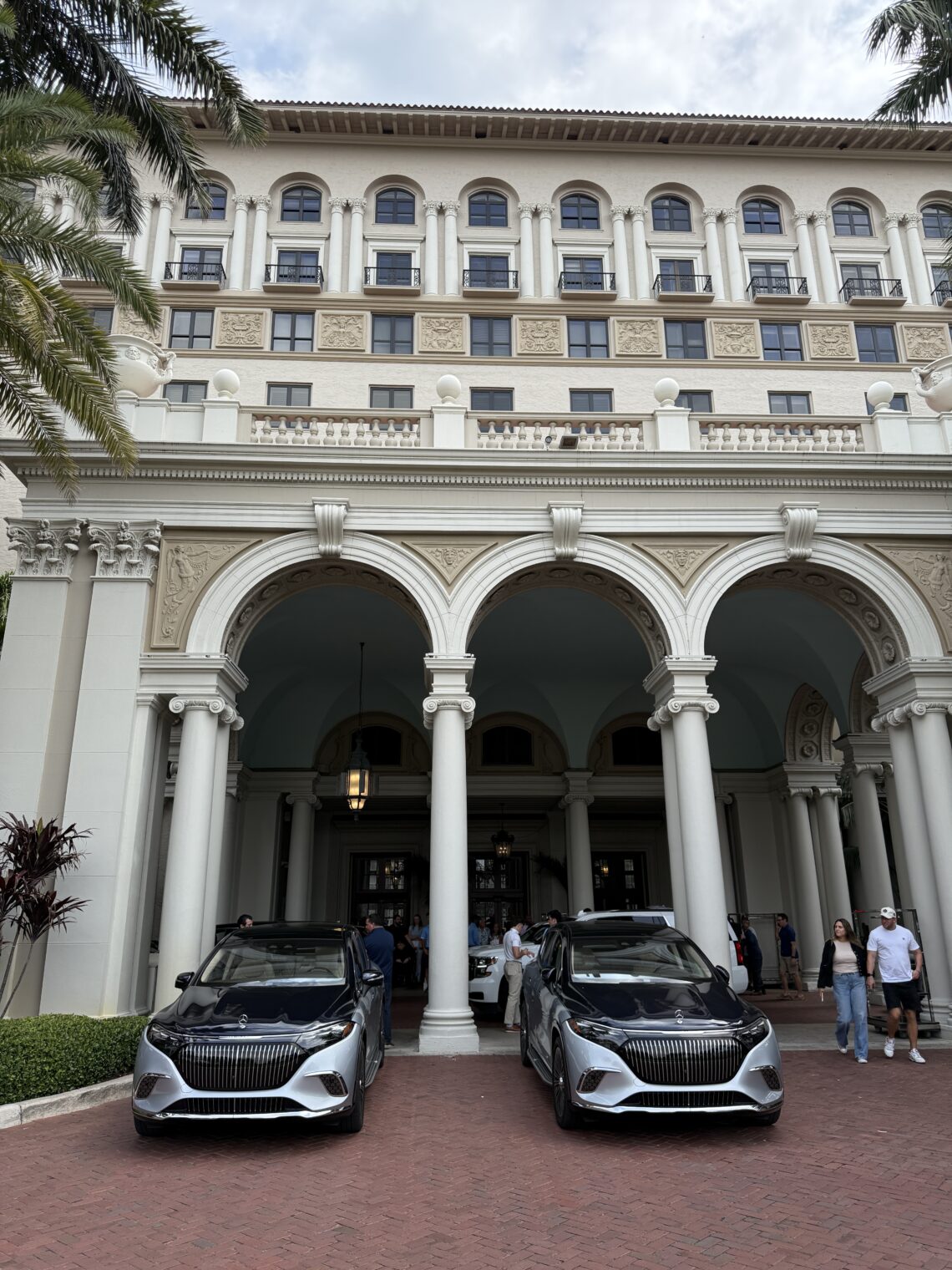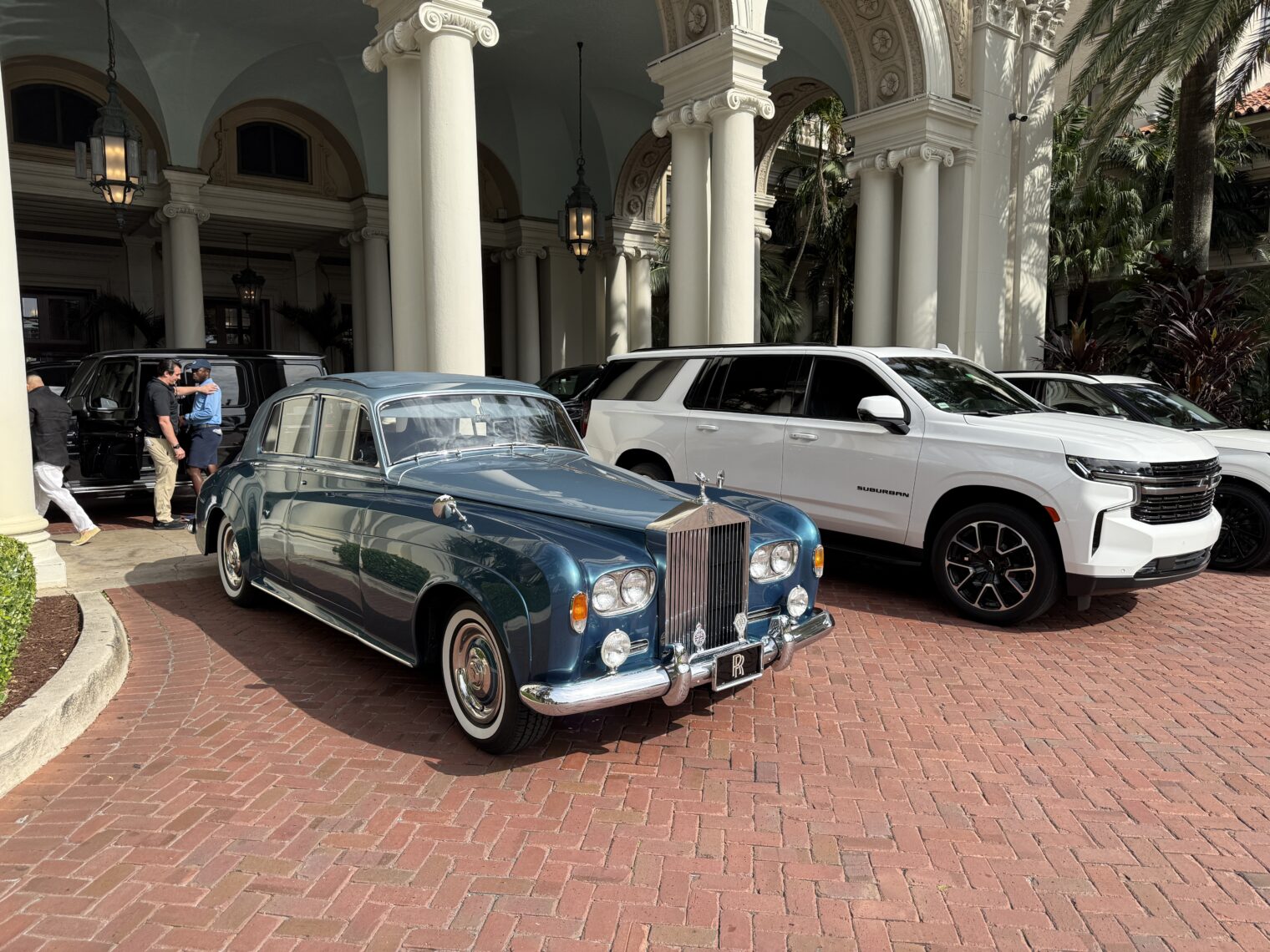When can we get a DOGE for aviation?
We had a 0-time Continental factory rebuilt engine dropped into a 2005 Cirrus SR20 back in 2019. The steel oil filler cap was new at the time. After 5.5 years of operation, in which combustion generated water vapor as a byproduct, the cap rusted out to the point that it is missing one of the teeth that engages spring tension to keep it in place.


Some pilots remove the cap after every flight for some period of time to let the steam out, though quite a few of these heroes of diligence also report having suffered from rusted oil filler caps. You might reasonably ask why anyone should care about the lifetime of this part. Why not buy a new cap every 5 years? An impervious-to-rust (plastic) ACDelco GM oil filler cap is $11 (presumably this is because people sometimes lose the caps, not because the cap won’t outlast the engine in ordinary circumstances). How much more could an aviation cap cost? (Answer: $386-$11)
I talked to some aviation mechanics about this and none thought that there would be any problem in Continental or Lycoming catching up on 70+ years of improvements in plastic or taking a class titled “Here are some things that Ford, Toyota, and GM were doing in 1985”. The best explanation that anyone had of why this expensive and rust-prone part would be used is that the engine family was certified like this back in the 1930s and it is too much effort to get the FAA to sign off on a change.
Maybe general aviation will be saved by eVTOLs that are designed and built with a completely different philosophy. If not, though, I wonder if we could get a DOGE going between the manufacturers of legacy piston engines/aircraft and the FAA to ask and answer questions of the form “Why wouldn’t you use a plastic cap in a rust-prone environment?”
3D printing nerds: have we advanced to the point that it is possible to toss a metal cap into a scanner and print a dimensionally identical plastic replacement that can handle the temps at the top of the engine (the oil temperature redline is 240F so maybe you want a plastic that is good to 400F)?
For reference, here is the perfect-condition oil filler cap, never previously touched or used by anyone other than the dealer, in our 4.3-year-old Honda Odyssey:
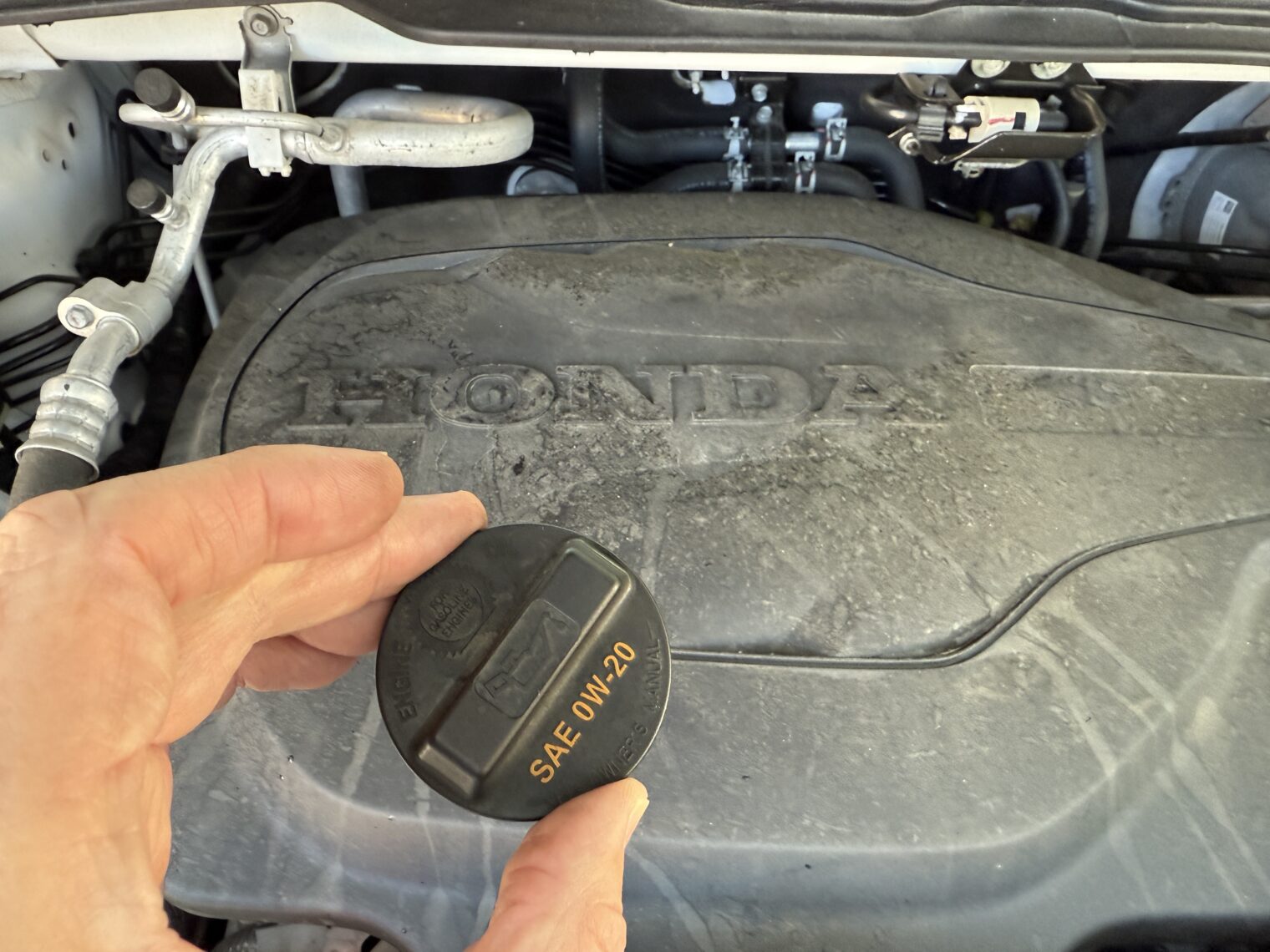
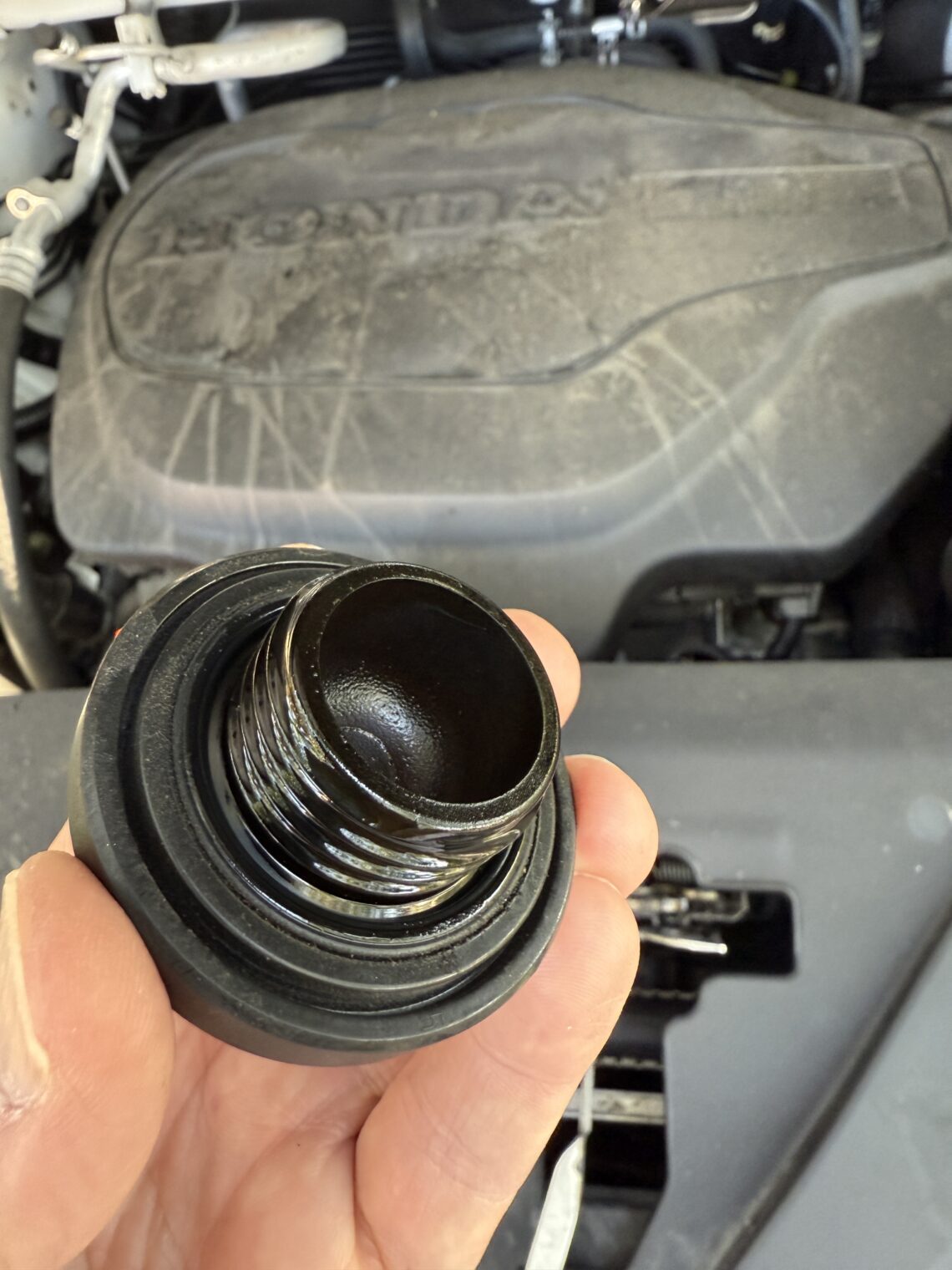
It’s available for $13.49, including shipping, from a Honda dealer via Amazon. If we assume that shipping is bundled into the price, this is a $10 part at most. Why did people replace it? Here are a couple of Amazon review reasons:
- The original cap began to leak around its base after 8 years and 60K miles.
- Don’t know what happened to my oil filler cap?
Searching for incidents across all cars where an oil filler cap was replaced, and ignoring those where the cap serves an engine venting or emissions function, it seem as though loss is the most common reason and typically due to a service shop forgetting to put it back on.
Full post, including comments

